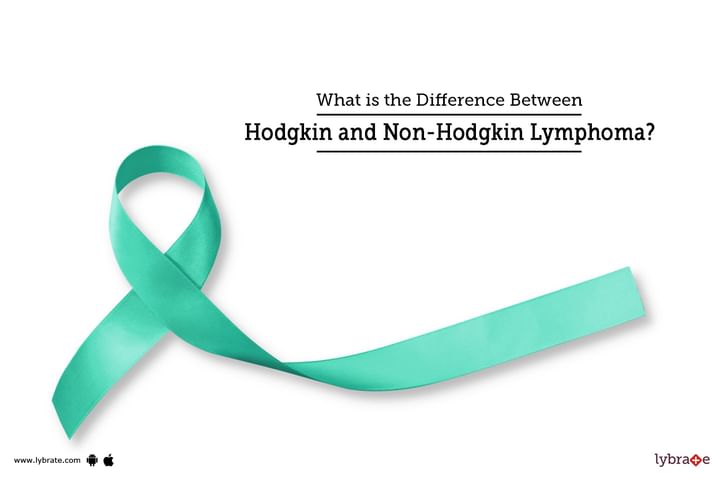What is the Difference Between Hodgkin and Non-Hodgkin Lymphoma?
The two major types of cancer affecting the lymphatic system are Hodgkin’s Lymphoma and Non-Hodgkin’s Lymphoma.
Here is a detailed look at both the types –
Hodgkin’s Lymphoma
Hodgkin’s Lymphoma or Hodgkin’s disease is a rare form of cancer that occurs in the lymphatic system – a network of nodes, vessels and organs carrying immune cells throughout the body. It is the least common of the four major types of blood cancer with fewer than 9000 cases being diagnosed every year.
In Hodgkin’s lymphoma, a particular type of lymphocyte – known as B-lymphocytes – start multiplying abnormally and begin collecting in certain parts of the lymphatic system, like the lymph nodes. The affected lymphocytes lose their ability to fight infections, putting you at risk of contracting infections.
The most common sign of Hodgkin’s lymphoma is a painless swelling one of the lymph nodes, usually the armpit, neck, or groin.
Non-Hodgkin’s Lymphoma
Non-Hodgkin’s lymphoma, on the other hand, is the most common type of blood cancer. The disease forms in the lymphatic system or bloodstream. Each year over 70,000 cases of Hodgkin’s lymphoma including its several types and subtypes are diagnosed.
Most types of Non-Hodgkin’s lymphoma begin when the immune cells mutate or begin to grow uncontrollably, crowding out the healthy immune cells. These cells can also lead to the formation of tumours in the spleen, lymph nodes, or other organs.
What is the Difference between the Two?
The major difference between Non-Hodgkin’s and Hodgkin’s lymphoma is the type of lymphocyte that is affected.
Hodgkin’s lymphoma is marked by the existence of a type of unusual cells, known as Reed-Sternberg cells. A specialist can detect the presence of Reed-Sternberg cells by examining the cancer cells under a microscope.
If Reed-Sternberg cells are not detected, the cancer is classified as Non-Hodgkin’s lymphoma.
Despite the difference, both the categories of cancer have similar symptoms, like fatigue, weight loss, enlarged lymph nodes, and fever. If you notice these symptoms, visit a doctor.
Bottom Line
Considering the complexities and severity of the disease, it is important to consult an experienced and trained team of oncologists, who can identify each patient’s cancer type and prepare a treatment plan to treat the disease.


+1.svg)
